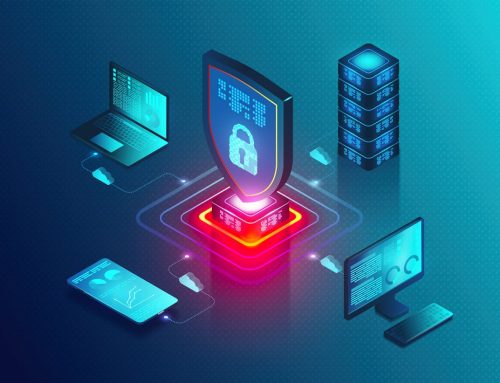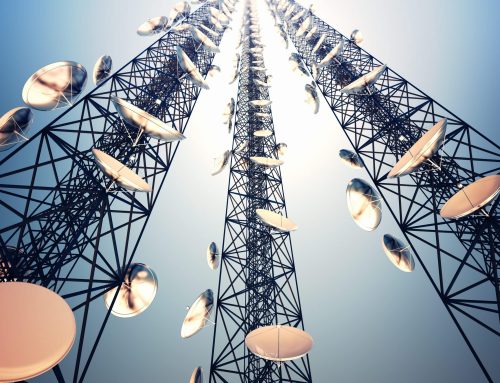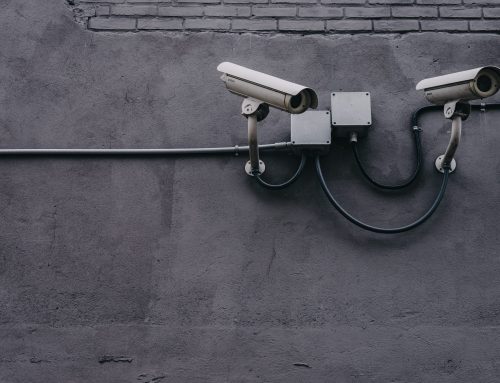SIM cards, or subscriber identity modules, not only allow you to swap phones as needed, but they hold important information about your phone and your mobile plan. One of the most important pieces of information found on your SIM card is the IMSI, or international mobile subscriber identity.
Although the IMSI is of little importance to cell phone users themselves, it provides crucial information to providers and allows phones to find the right network in different locations.
What is an International Mobile Subscriber Identity?

An international mobile subscriber identity, or IMSI as it’s often referred to, is a unique identifier that is stored in the SIM. The IMSI is not made public, but if a user is interested in finding their IMSI number, they can find it on the SIM card packet when you first buy a new SIM card.
The IMSI is usually made up of 15-digit numbers; in some countries it may be shorter, and it is automatically generated. The number is made up of two parts: the first part identifies the Global System for Mobile Communication, or GSM, network operator in a specific country while the second part is generated by the network operator to identify the subscriber.
In North America, the first part is made up of six digits, while in Europe, the standard is only five digits. A North American IMSI is made up of the following information:
- Mobile Country Code (MCC) – three digits
- Mobile Network Code (MNC) – two digits
- Subscriber Identification Number (SIN or MSIN)
For example, an AT&T IMSI from America might look like this: 310410987654321. The 310 refers to the country code of the United States, 410 for AT&T, or the network code. The remaining number is the subscriber identification number.
What is an IMSI used for?
The international Mobile Subscriber Identity number is used by the cellular network to identify a specific line of service that your data plan is attached to. It’s what is used when you need to establish a connection, whether you are at home or on vacation abroad.
The IMSI defines what network your phone is a part of and what network it can use. Although the IMSI is attached to a specific mobile network operator, or MNO, it can still allow a phone to connect to other networks, depending on the agreements between the MNO and other providers.
However, if you go outside of your network, your phone will look for a roaming network partner; the IMSI contains this information. Once you return back to your covered network, your phone will exit roaming and connect automatically to your home network.
For example, if you go on vacation in Ireland, but your home network is from the United States and doesn’t have an agreement with any international networks, your international mobile subscriber identity will place the phone in roaming until it reconnects to your home network. Some phone plans have established agreements with international networks which the IMSI will recognize and connect to.
How Does the IMSI Work?

The IMSI is stored in the SIM. When a cell phone or other device containing the SIM is turned on, the cell phone will send the IMSI number to the network. The network will then perform a location update, called an attach procedure, which is then received by the visitor location register, which also updates the home location register. The visitor location register will determine whether or not the phone is on its MNO or if the phone needs to be roaming.
Once the phone is powered off, though, the IMSI completes a detach procedure which indicates the phone is no longer connected to any network.
What’s the Difference Between IMEI, IMSI, and ICCID?
When it comes to mobile phones and SIM cards, there are a few different ways to identify a phone besides the international mobile subscriber number.
IMEI – The IMEI, which stands for International Mobile Equipment Identity, is a 15-digit number that is specific to the mobile device. If you have a dual-SIM card phone, you will have two IMEI numbers.
ICCID – The ICCID, on the other hand, is a number that is added to the SIM hardware. It stands for Integrated Circuit Card Identifier. This number is usually printed directly on the back of the SIM card, but your phone is still able to read this number. You can also find this number in the phone settings if you need it. Unlike IMSI, which identifies the subscriber and the plan, the ICCID is only identifying the SIM card.
Can You Track Someone Using an International Mobile Subscriber Identity?
The IMSI is hardcoded into your phone and is used to register you to different networks; some applications on phones also use the IMSI for identification. As the IMSI is unique to an individual and not the phone, it is possible to track someone using it as well as the IMEI. There are even some countries in Europe that require a database of IMSI for law enforcement for easy access.
Hackers and even some law enforcement have recently been using IMSI catchers, including one called the Stingray, which can impersonate a cell phone and force an IMSI to connect it to the cell network. Once they are able to access your IMSI, law enforcement can examine your data and tap into your calls. These devices, though, are illegal to use unless you are in law enforcement.
How to Protect Yourself from ISMI Catchers
If you are worried about someone tracking you using your IMSI, it’s a good idea to get an anonymous phone number or a prepaid SIM card that isn’t tied to you in order to protect your privacy.
However, if you want to stick with just one phone and protect your current IMSI, there have been several apps developed in order to detect IMSI catchers. These work by scanning the network area and detecting suspicious activity. Some even detect cell phone jamming and baseband attacks.
While the everyday person usually won’t have to worry about IMSI catchers snooping through their data, larger organizations such as government officials or businesses with sensitive information, should take care in protecting their international mobile subscriber identities.






